 Getting Research Findings Into Practice, Second Edition By
Getting Research Findings Into Practice, Second Edition By2004 | 237 Pages | ISBN: 0727915533 | PDF | 3 MB
Thoroughly updated and revised, the new edition of this accessible guide aims to outline why there is a gap between research findings and what actually happens in clinical practice. It covers a number of topics including the sources of information on clinical effectiveness and methods of information, how to close the gap between research and pratice, potential roles for lay people, the role of decision support, barriers to the use of evidence in clinical practice, the role of decision analysis, implementing research findings in developing countries and how to encourage the implementation of results from economic evaluation.Content: Chapter 1 Introduction (pages 1-10): Andrew Haines and Anna DonaldChapter 2 Criteria for the Implementation of Research Evidence in Policy and Practice (pages 11-18): Trevor A Sheldon, Gordon Guyatt and Andrew HainesChapter 3 Sources of Information on Clinical Effectiveness and Methods of Dissemination (pages 19-28): Julie Glanville, Margaret Haines and Ione AustonChapter 4 Changing Provider Behaviour: An Overview of Systematic Reviews of Interventions to Promote Implementation of Research Findings by Healthcare Professionals (pages 29-67): Jeremy Grimshaw, Liz Shirran, Ruth Thomas, Graham Mowatt, Cynthia Fraser, Lisa Bero, Roberto Grilli, Emma Harvey, Andy Oxman and Mary Ann O'BrienChapter 5 Implementing Research Findings into Practice: Beyond the Information Deficit Model (pages 68-76): Theresa M Marteau, Amanda J Sowden and David ArmstrongChapter 6 Changing Clinical Practice in the Light of the Evidence: Two Contrasting Stories from Perinatology (pages 77-85): Vivienne van SomerenChapter 7 Roles for Lay People in the Implementation of Healthcare Research (pages 86-94): Sandy Oliver, Vikki Entwistle and Ellen HodnettChapter 8 Implementing Research Findings in Clinical Practice (pages 95-106): Anna Donald and Ruairidh MilneChapter 9 Using Evidence in Clinical Practice (pages 107-114): Sharon E StrausChapter 10 Barriers and Bridges to Evidence?Based Clinical Practice (pages 115-122): Brian Haynes and Andrew HainesChapter 11 Decision Support Systems and Clinical Innovation (pages 123-137): Jeremy C Wyatt and Paul TaylorChapter 12 Decision Analysis and the Implementation of Research Findings (pages 138-153): R J Lilford, S G Pauker, David Braunholtz and Jiri ChardChapter 13 Evidence?Based Policy Making (pages 154-161): J A Muir GrayChapter 14 Implementing Research Findings in Developing Countries (pages 162-173): Paul Garner, Helen Smith, Rajendra Kale, Rumona Dickson, Tony Dans and Rodrigo SalinasChapter 15 Opportunity Costs on Trial: New Options for Encouraging Implementation of Results from Economic Evaluations (pages 174-196): Neil Craig and Matthew SuttonChapter 16 Surviving Research Implementation (pages 197-206): David Evans and Lesley WyeChapter 17 Using Evidence in Practice: Setting Priorities in Oxfordshire (pages 207-217): Sian Griffiths



![S.T.A.L.K.E.R. 2 / STALKER 2: Heart of Chornobyl - Ultimate Edition (2024) [+UPDATE 23.12.2024 - v1.1.3] ElAmigos / Polska wersja językowa](https://i.postimg.cc/Zqd8RWGY/UZG8PBE.jpg)



































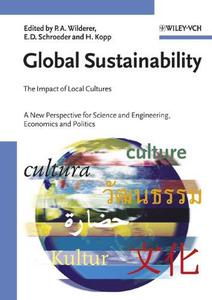
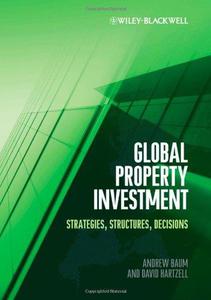


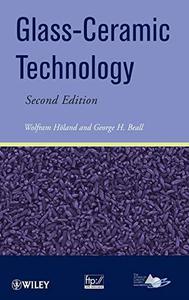


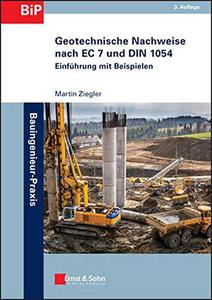
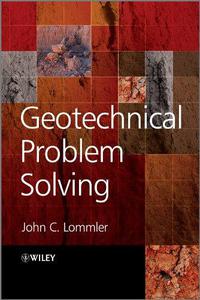







![David Gilmour - Luck and Strange (2024) [FLAC]](https://i.imgur.com/everaBc.jpeg)
![Męskie Granie Orkiestra - Męskie Granie 2024 (2024) [FLAC]](https://i.imgur.com/FAyOxrM.jpeg)
![The Rolling Stones - Hackney Diamonds (2023) [FLAC]](https://i.imgur.com/wCkyyUN.jpg)
![Lady Gaga - Harlequin (2024) [FLAC]](https://i.imgur.com/dcgIA8D.jpeg)
![Natalia Kukulska - Dobrostan (2024) [FLAC]](https://i.imgur.com/bdljG3O.jpeg)
![Kaśka Sochacka - Ta druga (2024) [FLAC]](https://i.imgur.com/hORQKvn.jpeg)
![Kuba Sienkiewicz - Pani Bóg (2024) [FLAC]](https://i.imgur.com/qijCx8Z.jpeg)
![Lanberry - Heca (2024) [FLAC]](https://i.imgur.com/8P7QfeR.jpeg)
![Sara James - PLAYHOUSE (2024) [FLAC]](https://i.imgur.com/m4f8OKg.jpeg)
![Grzegorz Hyży - EPILOG (2024) [FLAC]](https://i.imgur.com/8DA2sBr.jpeg)
![Myslovitz - WIECZORAMI CHŁOPCY WYCHODZĄ NA ULICE (2024) [FLAC]](https://i.imgur.com/l9mMtIG.jpeg)
![Krzysztof Zalewski - ZGŁOWY (2024) [FLAC]](https://i.imgur.com/vh48RAc.jpeg)
![Krzysztof Cugowski - Wiek to tylko liczba (2024) [FLAC]](https://i.imgur.com/SBzgqe2.jpeg)
![Nosowska - Kasia i Błażej (2024) [FLAC]](https://i.imgur.com/mObvVXQ.jpeg)
![sanah - Pianinkowe Kaprysy (2024) [FLAC]](https://i.imgur.com/pVjjPAa.jpeg)
![Kwiat Jabłoni - Pokaz slajdów (2023) [FLAC]](https://i.imgur.com/diERHfZ.jpg)
![Robert Cichy - Spacer po Warszawie (2024) [FLAC]](https://i.imgur.com/ixleU9o.jpeg)
![Viki Gabor - Terminal 3 (2024) [FLAC]](https://i.imgur.com/Q1KCnDs.jpeg)
![Sanah - Kaprysy (2024) [FLAC]](https://i.imgur.com/71OZm4h.jpeg)
![Męskie Granie Orkiestra - Męskie Granie 2023 (2023) [FLAC]](https://i.imgur.com/U4YHo8d.jpg)




